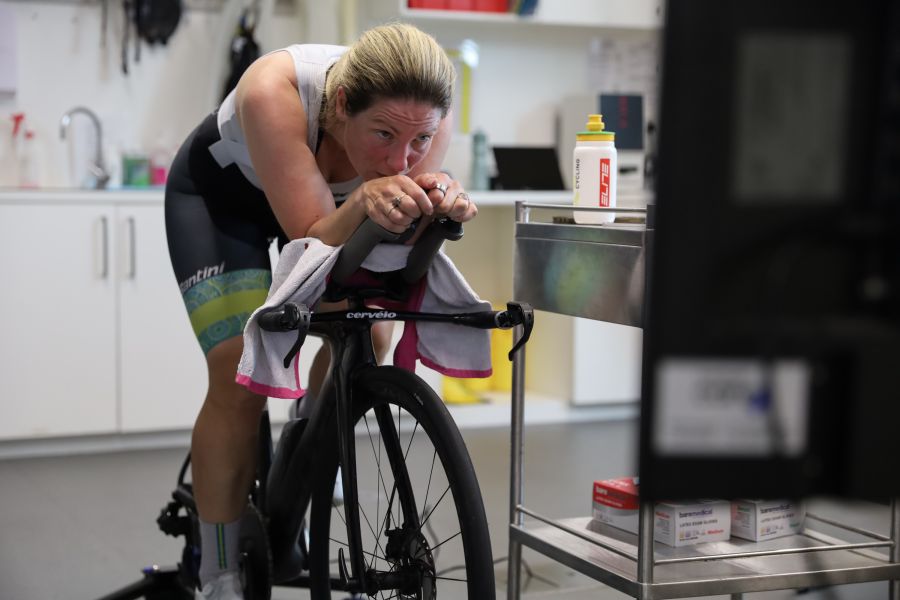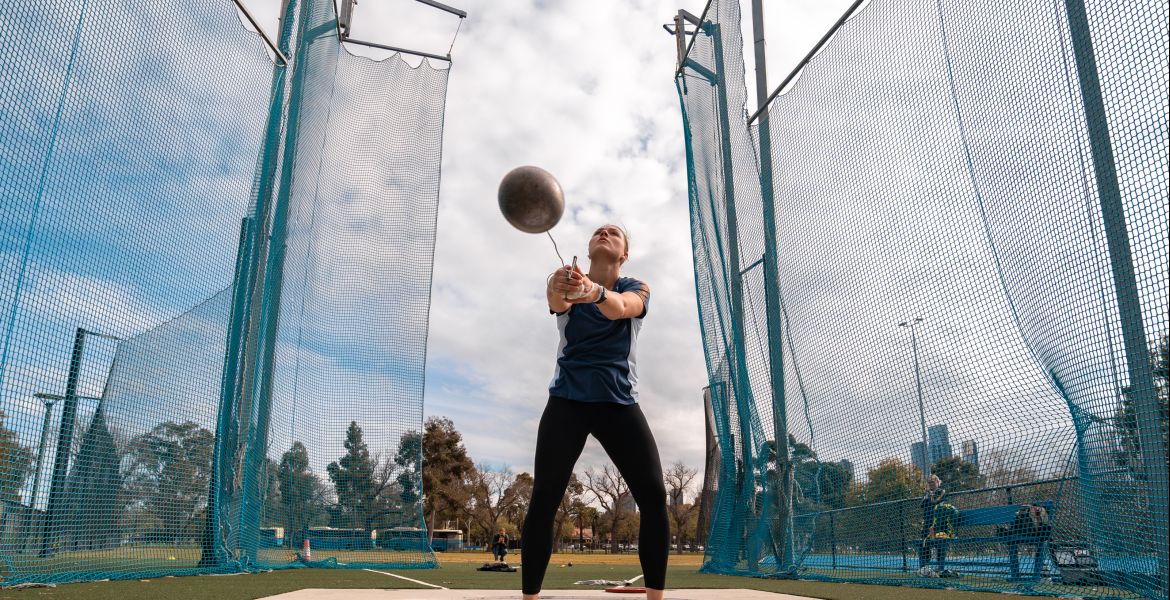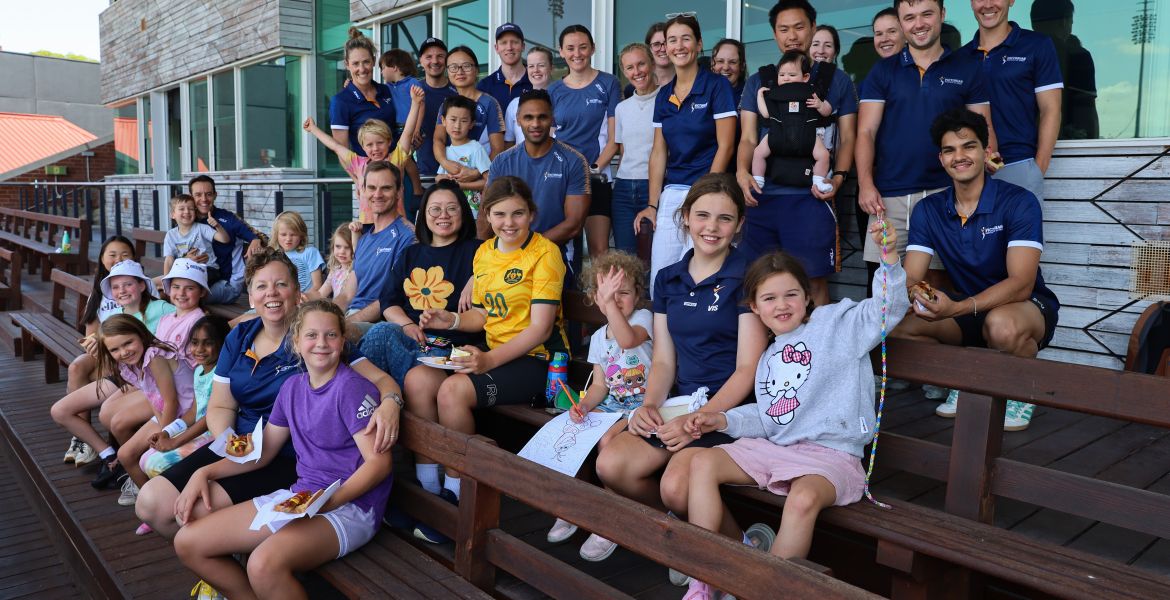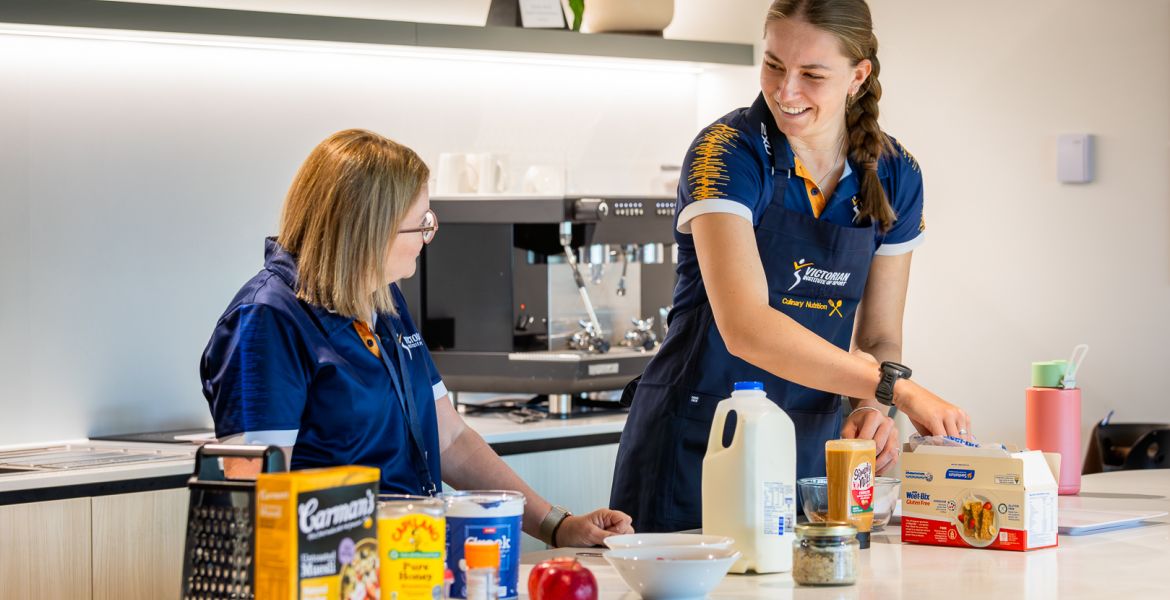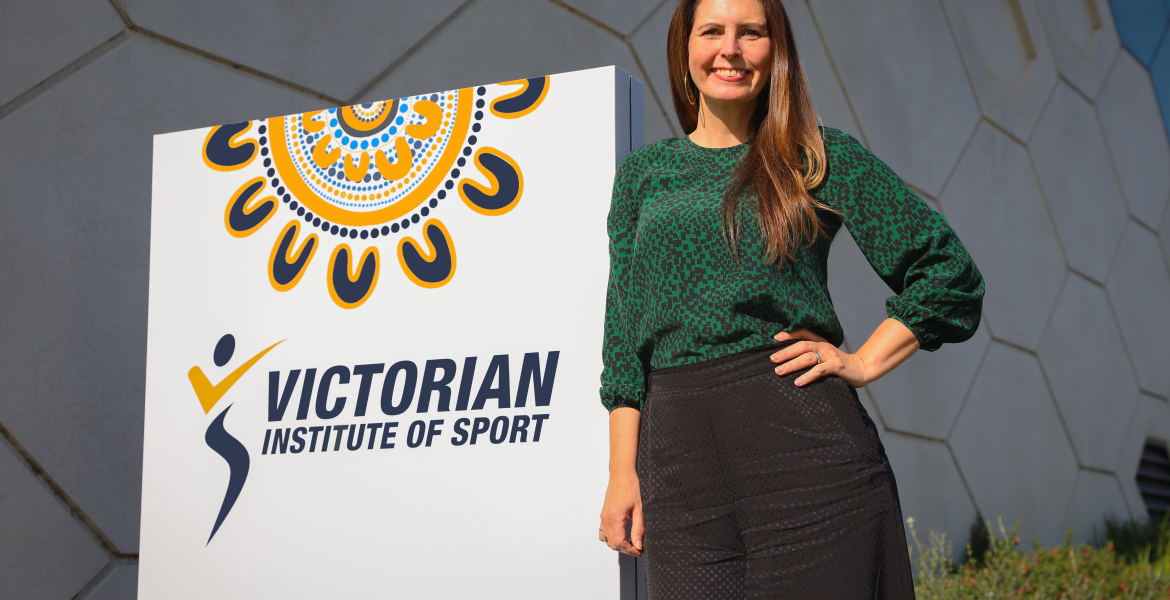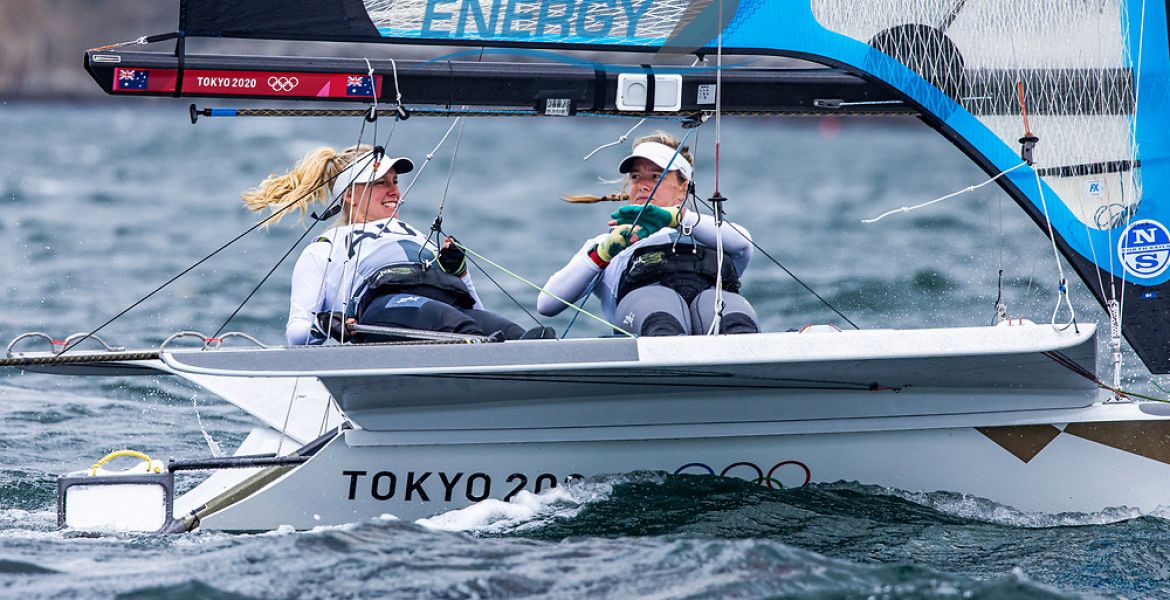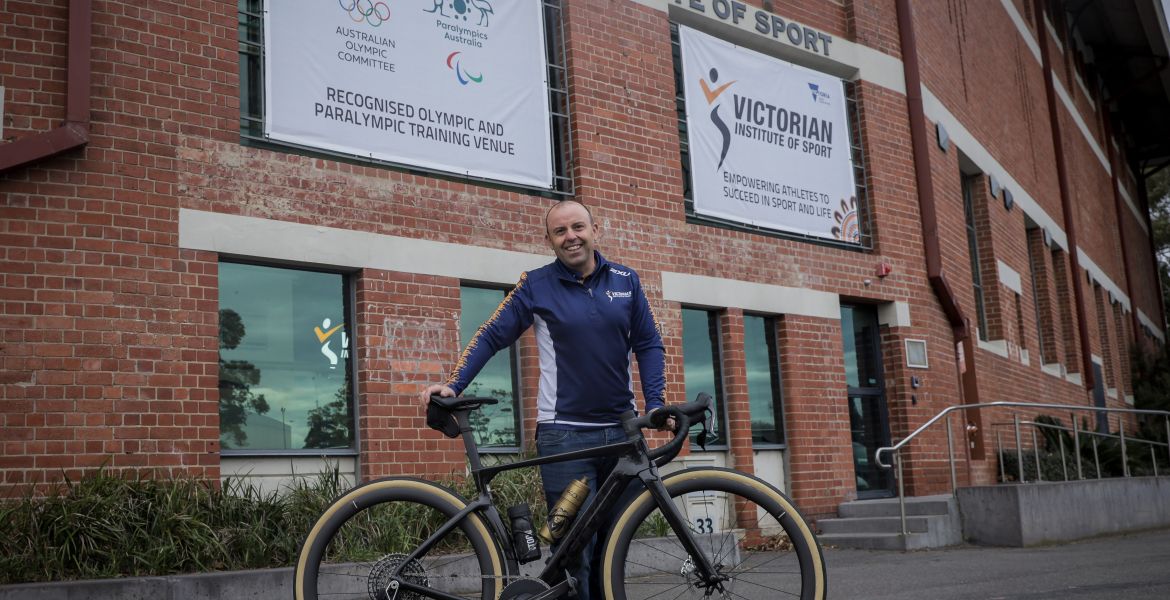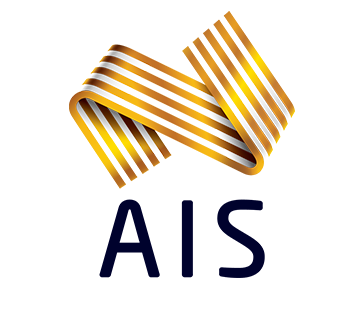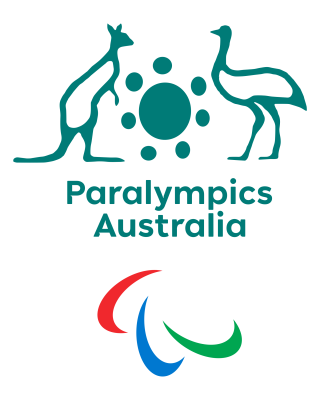On Wednesday, September 4, Emily Petricola will push out on to the streets of north-east Paris aiming to ride with furious calm the 13.9km Paralympic individual time trial (ITT) course.
It is a course considered technical, with wide roundabouts to be negotiated on descents of over 60kmph and 25 per cent of the distance friendly only to climbers.
Should rain arrive, the trail of steel manhole cover plates on the suburban roads of Clichy-sous-Bois and Coubron will become slick and something to be avoided.
Soon enough a segment of the course will take riders through a nearby forest, Foret de Bondy. A twisting 850m climb introduces the final kilometre.
The individual time trial is known as the “race of truth”, for there are no team-mates or other riders to set a racing rhythm or offer the assistance of a slipstream.
It is one rider, one bike and a clock.
Petricola is a world champion. On the road and the track. She is familiar with the demands of ITT racing; steady power, controlled heart rate, smooth technique and aerodynamic positioning.
The inexperienced or over-zealous ITT rider will go out hard too early and fatigue. Or conserve too much and find they finish with as many ‘what ifs’ as extra seconds or even minutes on their time.
So, in Paris, the question for Petricola won’t be experience so much as experience of the course. Being acquainted with its nuances, it’s undulations and angles. Knowing where caution is required, where risks can be taken, and good time can be made and lost.
Which is why in recent weeks the C4 champion has been in a VIS lab, repeatedly riding a simulation of the course with the assistance of what to a lay observer is sports science wonder.

With GPS data combined with actual footage of the course, filmed by two coaches last August, Petricola has been able to study and ride every corner, incline and speed hump on a bike responding to real-time vision of the course displayed on a television screen before her.
The hills on screen demand more real output, the descents less. The speed of the vision is manipulated to resemble the anticipated pace required on race day.
A fan capable of putting white caps on an ocean has been to her left, simulating the air flow encountered outdoors and VIS physiologist, Tom Topham, has accompanied Petricola to measure her blood lactate and gather heart rate and power data that is used to refine her pacing strategy. VIS General Manager of High Performance, Dr Harry Brennan, has also been present.
A battery of further information – time, speed, elevation, power output, etc – is displayed constantly on the bottom of the screen.
“We want consistency. Not too fast, or too slow, and that sweet speed zone is married to the technical requirements of riding the course,” Petricola explains.
Everyday Parisian life intrudes on the vision - cars, trucks, pedestrians and dogs populate the roads and hills - but the course will be cleared when Petricola and her rivals race.
“By studying the course we’re also working out the shortest route,” Petricola says.
“I’ve been riding it as it is, so the question is how to shorten it? Where can metres be picked up when seconds are at stake?”
Petricola was in Europe in May and rode through the streets of Clichy-sous-Bois and beyond a dozen times while she was there. By race day, she estimates that she will have ridden the course 30 times or more.
Familiarity, it can be said, will not defeat her.


